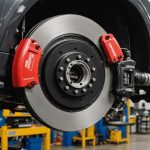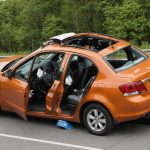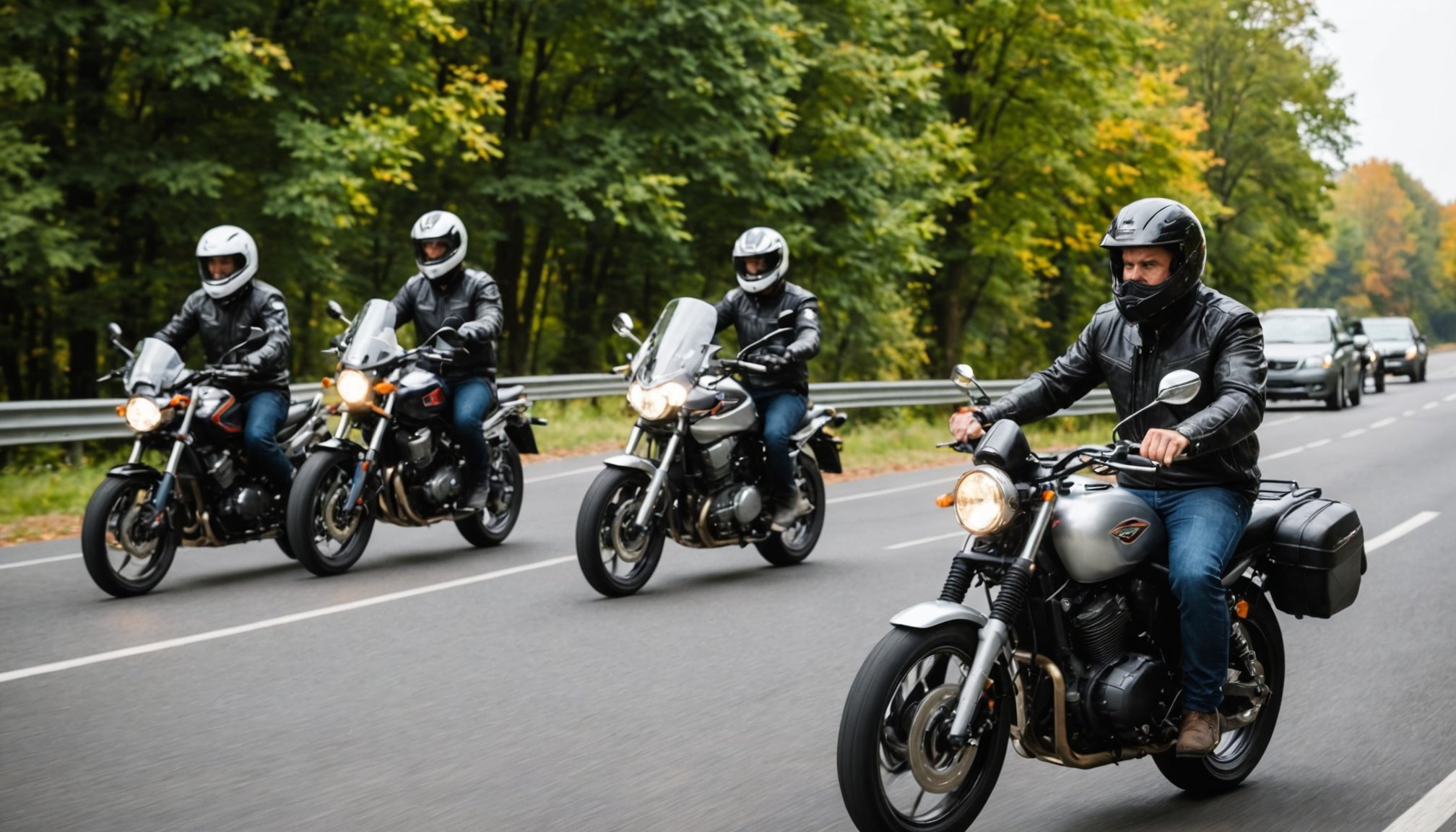Riding a motorcycle offers a unique sense of freedom and adventure, yet it requires a heightened level of awareness and skill, especially when navigating traffic alongside other road users. Effective communication with fellow motorists is essential for ensuring safety and smooth travel. Unlike drivers of larger vehicles, motorcyclists have distinct methods to signal their intentions and maintain awareness on the roads. As we explore the intricacies of road communication, this article aims to equip you with the knowledge and techniques to ride safely and confidently.
Understanding Motorcycle Hand Signals
Hand signals are a crucial tool for motorcyclists to communicate their intentions to other road users. They provide a clear indication of your next move, helping to prevent misunderstandings and potential rear-end collisions. As a motorcyclist, you hold the unique responsibility of using these signals efficiently to ensure seamless interaction on the road.
In parallel : What are the essential tools every motorcycle owner should have in their toolkit?
The Basics of Hand Signals
Motorcycle hand signals are standardized gestures that convey specific actions, such as turning left or right, stopping, or slowing down. Unlike those in cars, your signals are entirely reliant on your body language. Therefore, ensuring each gesture is clear and well-executed is key.
- Left Turn: Extend your left arm straight out, parallel to the ground. This indicates that you intend to switch lanes or make a left turn.
- Right Turn: Bend your left arm at the elbow, raising your forearm vertically. This gesture mirrors a right-angle shape, clearly signifying a right turn.
- Slow Down or Stop: Extend your left arm down at a 45-degree angle with your palm facing backward. This signal warns following drivers that you are reducing speed or coming to a halt.
Enhancing Hand Signal Visibility
To ensure optimal visibility of your hand signals, consider the following:
Also to see : How do you choose between a new and used motorcycle for your first purchase?
- Positioning: Position yourself where other drivers can easily see your gestures.
- Visibility Gear: Wear brightly colored gear to enhance your signal’s visibility, especially during low light conditions.
- Mirror Check: Regularly check your mirrors to ensure that drivers behind acknowledge your signals.
Utilizing Motorcycle Indicators and Brake Lights
In addition to hand signals, your motorcycle’s indicators and brake lights serve as essential communication tools with other road users. These signals provide a visual cue of your intentions, and integrating them into your riding habits ensures a cohesive interaction with drivers.
Indicators: The Art of Timing
Indicators are a motorcyclist’s best ally in communicating direction changes. Mastering the timing of these signals can significantly reduce the risk of accidents.
- Advance Notice: Engage your indicators well in advance of making a turn or lane change. This offers sufficient time for other drivers to adjust their speed or position accordingly.
- Cancel Your Signals: After completing a turn or lane change, ensure you promptly cancel your indicators to prevent confusion.
The Brake Light: A Warning at the Rear
Your brake light is an essential signal for alerting drivers behind you of speed changes.
- Progressive Braking: Gradually engaging your brakes will not only offer smoother deceleration but also provide more noticeable light signals to those behind.
- Brake Modulation: Tapping your brakes lightly can signal a slowdown, providing a clear warning to those following.
Navigating Traffic: Positioning and Lane Usage
Navigating through traffic as a motorcyclist requires strategic positioning and adept lane usage. These elements serve as non-verbal communication to other drivers, indicating your presence and next possible moves.
Positioning: Enhancing Your Presence
Positioning on the road isn’t just about safety—it’s a form of communication conveying your awareness and intentions.
- Lane Position: Ride within the lane section offering the best visibility and buffer from other vehicles, often the left or right thirds.
- Blind Spots: Stay out of drivers’ blind spots, ensuring you’re always visible in their rear-view mirrors.
Lane Splitting and Filtering
While lane splitting is legal in some regions, it demands heightened awareness and respect for traffic flow.
- Lane Splitting: Only engage in lane splitting when traffic is slow-moving and there’s ample space. Ensure you are visible to drivers and maintain a controlled speed.
- Filtering: When approaching traffic lights, filtering through stationary vehicles requires careful judgment and clear communication through your positioning.
Effective Group Riding Communication
Riding in a group presents a unique set of challenges and responsibilities. It demands not only intra-group communication but also coordination with other road users. Building a cohesive and synchronized riding experience hinges on effective communication.
Pre-Ride Planning
Establishing a clear plan before embarking on a group ride is crucial.
- Routes and Stops: Discuss and agree on the route, planned stops, and any necessary detours, ensuring everyone is informed and aligned.
- Roles: Designate a lead rider and sweep rider who manage the pace and ensure no one is left behind.
On-Road Communication
Use a combination of hand signals and verbal cues to maintain group coherence.
- Hand Signals: Intra-group hand signals can indicate changes such as lane shifts, turn-offs, or hazards ahead.
-
Bluetooth Communication Systems: For extended rides, consider using Bluetooth headsets to facilitate real-time verbal communication, enhancing safety and coordination.
In mastering the art of road communication, motorcyclists forge a vital link between two-wheeled independence and collective road safety. By blending hand signals with modern technology, strategic positioning, and group coordination, you ensure a safer journey for yourself and other road users. As you traverse the roads, remember that clear and assertive communication is your strongest ally, empowering you to ride with confidence and awareness. Embrace these techniques and continue to be a conscientious and skilled motorcyclist, fostering a harmonious shared roadway.











